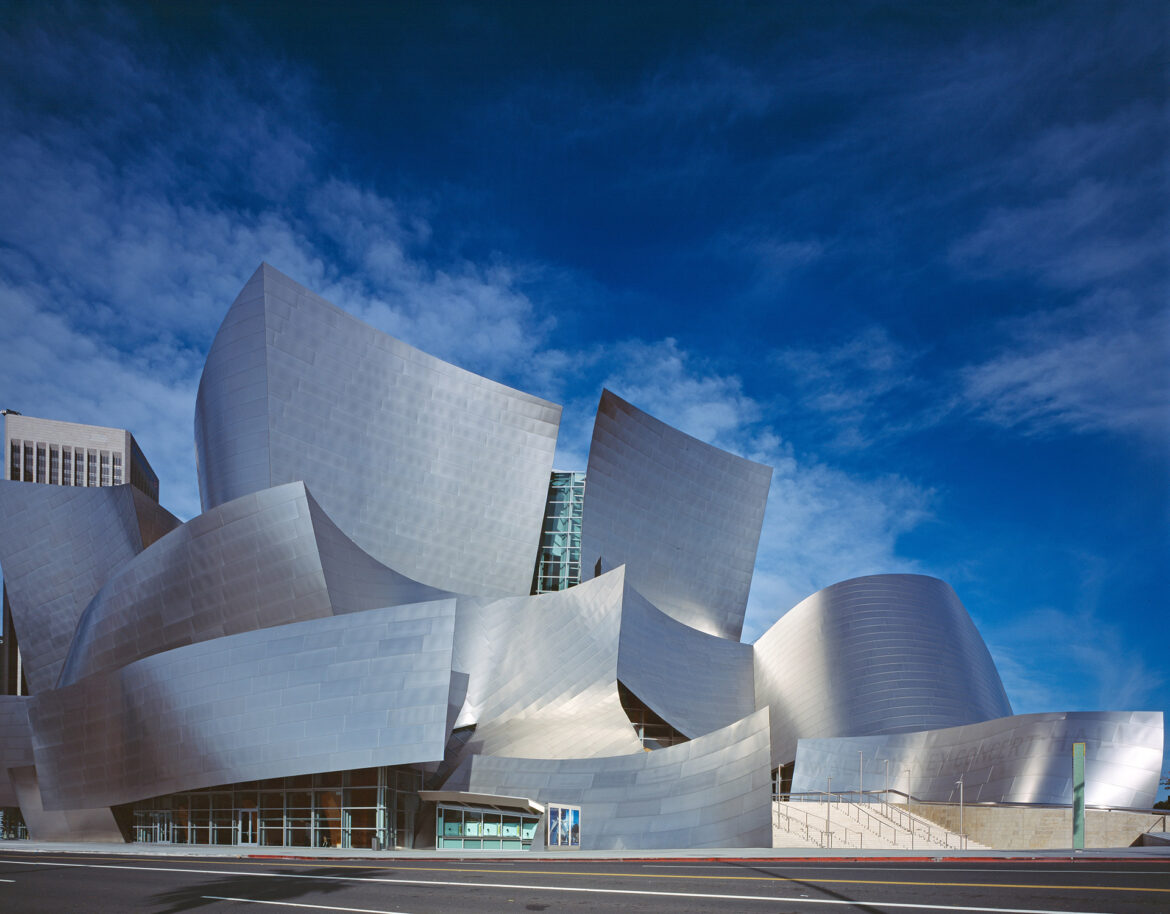Something has shifted in the cultural atmosphere of the West’s major art institutions. After a decade where social justice, representation, and institutional critique reigned—where diversity was not just expected but demanded—the art world in 2025 seems… unsure of what to say next.
It’s not backlash. It’s not revolution. It’s something more ambiguous: a collective exhale, a pause, a disoriented search for meaning beyond the hashtags.
📉 The Rise and Plateau of Identity-Driven Art
Since 2015, biennials, museums, and galleries were defined by a shared sense of moral urgency. Art became a site of justice: decolonization, intersectionality, restitution, trauma. Some of it was powerful, vital, overdue. Some of it was shallow, aestheticized outrage wrapped in grant language.
But by 2024, signs of fatigue were showing. The Whitney Biennial took a deliberately apolitical turn. The Serpentine Galleries in London canceled a planned exhibition on “climate grief” citing “curatorial overexposure.” And artists who once built careers on highly visible activist aesthetics now report a cooling of institutional interest.
Critics have dubbed it the “post-woke moment.” But what does that actually mean?
🪞 The Danger of Cynicism, the Risk of Emptiness
To some, this is a necessary corrective. “We mistook politics for poetry,” says one curator anonymously. “We forgot the form.” In response, many institutions are shifting focus back to craft, materiality, and abstraction.
But others warn that the pendulum is swinging not toward nuance, but toward retreat. There’s a real danger that post-woke becomes post-critical—that institutions use “fatigue” as an excuse to de-politicize entirely. That discomfort with moral complexity becomes disengagement.
The art world doesn’t need a new dogma—but it does need courage. Because the crises that provoked the last wave—racial injustice, climate collapse, the erasure of marginalized histories—didn’t disappear. They’ve intensified.
🌱 What Comes Next?
Some hopeful signals are emerging.
Instead of grand institutional gestures, smaller spaces are fostering long-term dialogue. Community-run galleries in Marseille, New York, and Accra are investing in mentorship, archiving, and political education. Artists are mixing practices: a painter in São Paulo leads food justice workshops; a sculptor in Berlin is co-writing a climate bill.
And a growing number of practitioners are rejecting the binaries entirely: activist or apolitical, formal or conceptual. They’re weaving multiple strands—craft, critique, joy, and resistance—into hybrid works that refuse to sit comfortably in institutional categories.
🧭 A Rebirth, or a Rebrand?
The art world’s identity crisis is real. But it’s not necessarily a failure. It may be the discomfort of recalibration—a system unlearning performance and re-learning purpose.
The question is whether this moment becomes a fertile space for reinvention—or a cultural lull where power recenters itself quietly, again.


3 comments
Et harum quidem rerum facilis est et expedita distinctio. Nam libero tempore, cum soluta nobis est eligendi optio cumque nihil impedit quo minus id quod maxime placeat facere.
Quis autem vel eum iure reprehenderit qui in ea voluptate velit esse quam nihil.
Neque porro quisquam est, qui dolorem ipsum quia dolor sit amet, consectetur, adipisci velit, sed quia non numquam eius modi tempora incidunt ut labore.